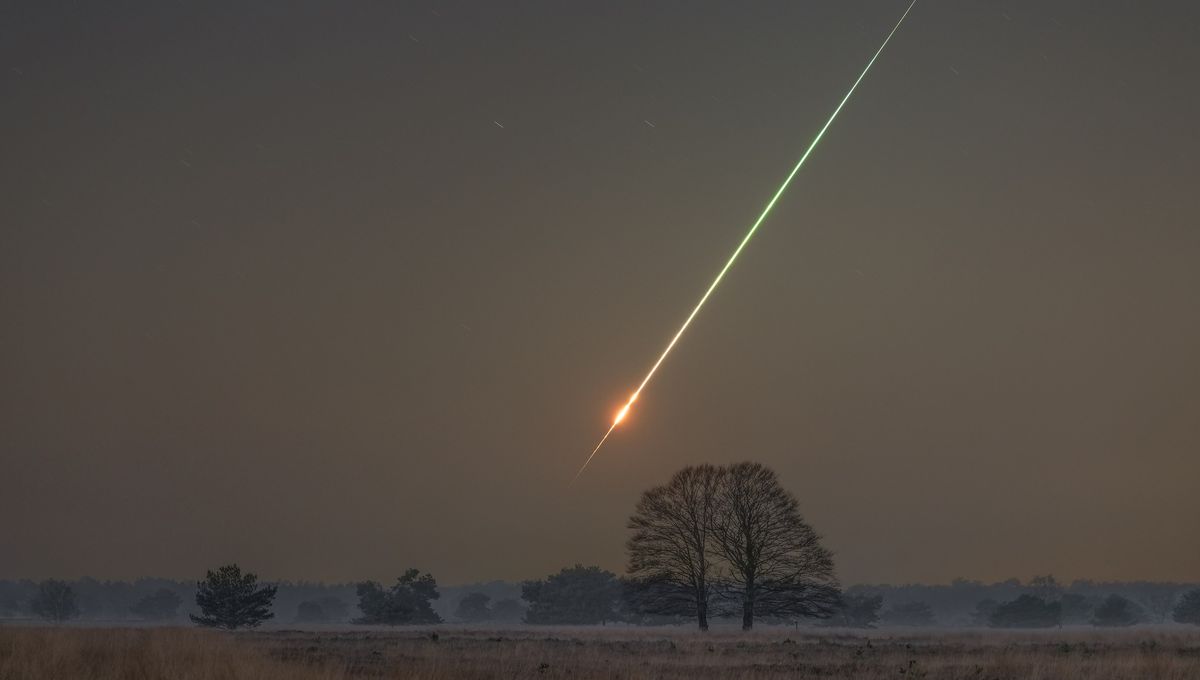
On February 13, 2023, the sky across France and England was briefly illuminated by a small meteor burning. It was slightly less than 1 meter (3 feet) across, and then known as Sar 2667. It is now asteroid 2023 CX1, the first cosmic object that we have tracked from its discovery to its destruction, and the collection of its meteoric fragments.
The rest of this article is behind a paywall. Please sign in or subscribe to access the full content.
The object was discovered just a few hours before its fatal trip through the Earth’s atmosphere. It was, at the time, only the seventh asteroid impact that had been predicted to happen. We’ve had several more since, so there are a lot of records that can be established. The meteorite was an ordinary chondrite in the L6 group, which are fairly common. But this was the first time such a meteorite came from an object that had been seen falling down on Earth.
The data from the fireball actually allowed researchers to learn a lot more about these meteorites by placing them in context. The object weighed about 650 kilograms (1,430 pounds). It burned up in the atmosphere at an altitude of 28 kilometers (17.4 miles). It experienced a pressure 40 times higher than air at sea level, before turning 98 percent of its kinetic energy into a fireball. No surprise it was so bright!
It crossed the Channel at a speed of 14 kilometers (8.7 miles) per second, before falling into pieces. More than 100 meteorites were formed by this single object; most of them were collected in the predicted area. The meteorites are known as the Saint-Pierre-Le-Viger (Splv), after the town in Normandy where the first one was found.
Researchers were able to determine that the asteroid came from the inner Asteroid Belt, the region between Mars and Jupiter, rich in such space rocks. It broke apart 30 million years ago, traveling in the inner Solar System. This eventually took it on its doomed path towards our planet; a complete history of an asteroid.
This is not a sad story. The information that comes from this event provides incredible insights into asteroids and planetary defense. It is also a testament to the network of telescopes that scan the sky, the algorithms that predict their trajectories, and the cameras on the ground – many from private citizens – that allow us to see where meteorites have actually fallen.
The study is published in the journal Nature Astronomy.
Source Link: The First Ever Full Asteroid History: From Its Doomed Discovery To Collecting Its Meteorites